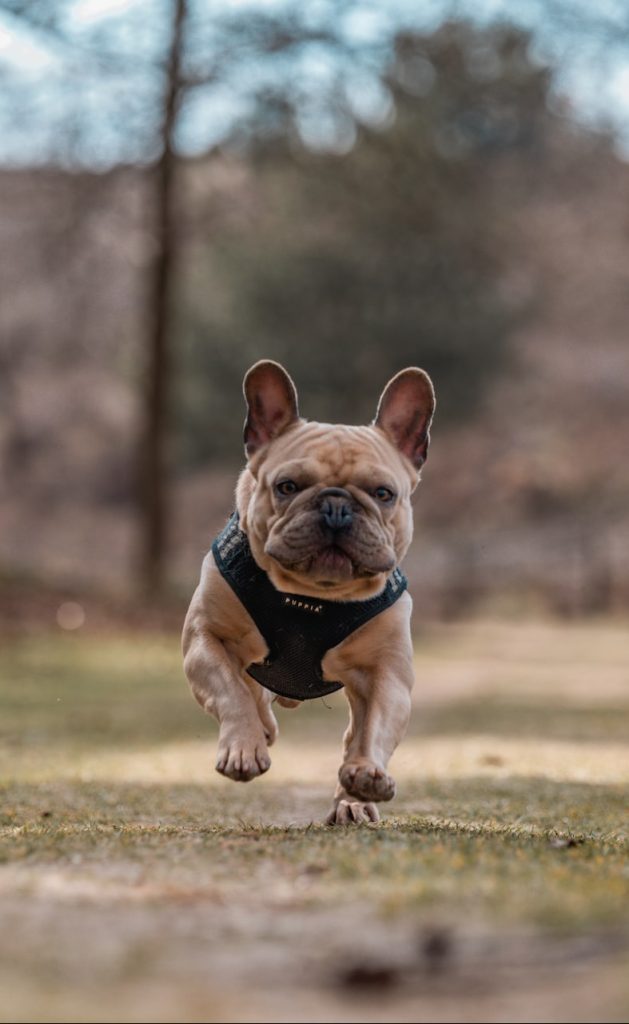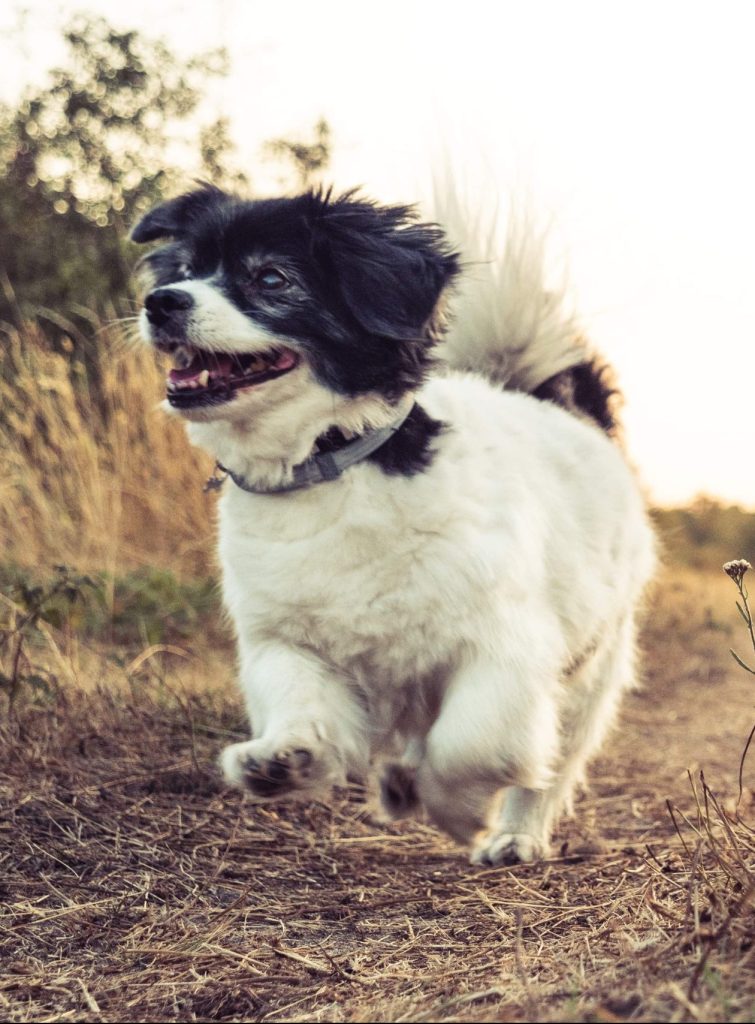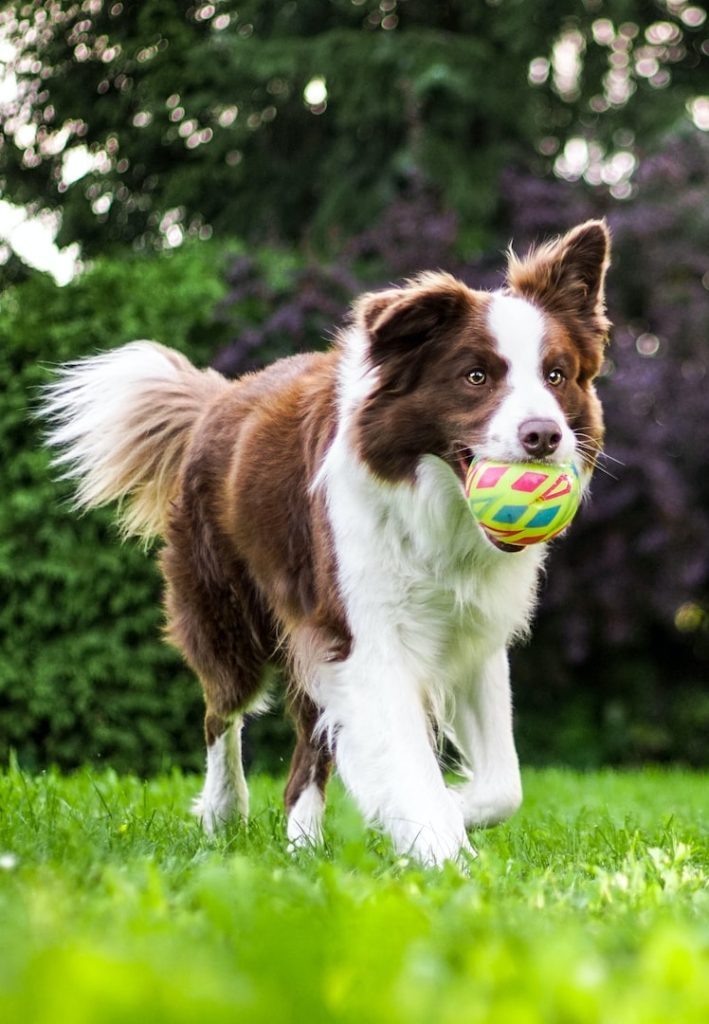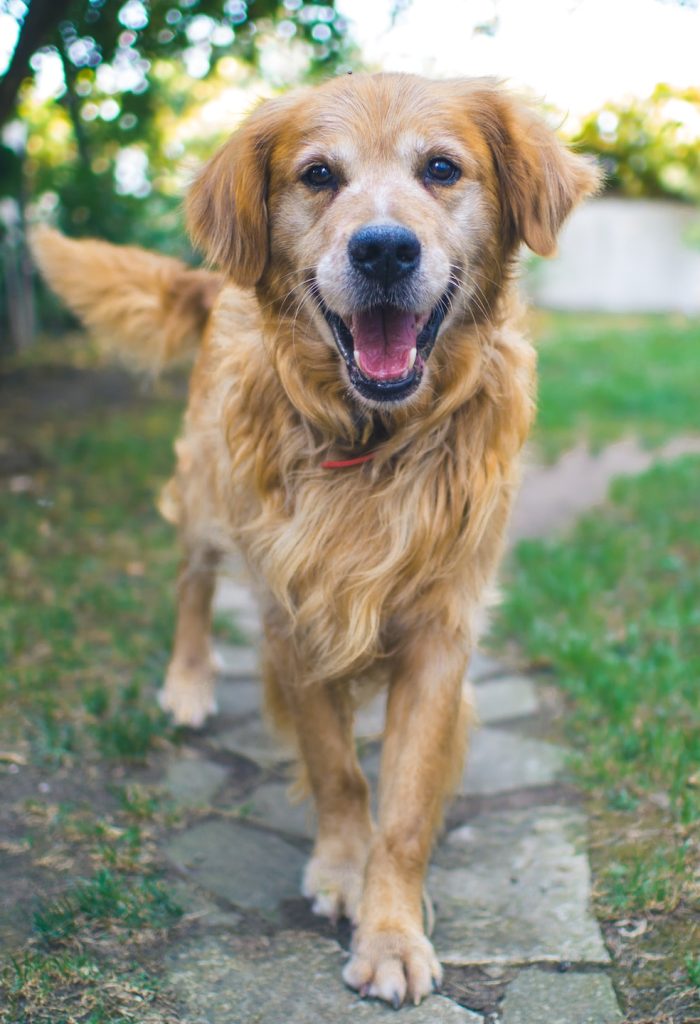
The CCL (cranial cruciate ligament) is a very important ligament in the dog`s knee. It is the equivalent of the ACL in a human. The CCL provides stability in a dog`s knee by attaching the femur (upper bone of the leg) to the tibia (lower bone of the leg). It limits movement of the tibia over the femur bone. When the ligament is damaged, it causes rubbing between the two bones which produces inflammation and pain.
CCL injuries are the most common orthopaedic injuries in the canine world. These can happen with activity such as running, quick turns or jumping. CCL injuries have also been linked to early spay/neuter. Left untreated CCL injuries can eventually lead to meniscal tears or osteoarthritis.
Common symptoms
- Recurrent limp on the injured back leg (a limp that improves with rest but comes back with activity)
- Off loading the injured back leg completely
- Swelling around the knee joint
- Pain on palpation of the knee
- Stiffness after exercises
- Difficulty getting up
- Reduced appetite because of pain
CCL injuries have different stages and symptoms will vary depending on how severe the injury is. A CCL can be partially torn or completely ruptured. Rehabilitation treatment will depend on the severity of the injury. The Rehabilitation Assessment includes a thorough evaluation of the dog`s condition in order to have a personalized treatment plan for each dog.
When to see a physio for your dog?
Pre-rehab
Your dog’s surgery is booked in a couple of weeks or months? Doing a few physio visits before the surgery reduces recovery time. Treatment will lower the inflammation in your dog’s knee, reduce the wear and tear on the joint, improve strength and maintain muscle mass.


Post-operative
Rehab is very important following your dog’s surgery. It has many benefits. The most important one being to reduce the chances of injuring the other leg! The rehab focuses on improving muscle mass of the injured leg so that your dog stops favoring his leg. We improve your dog’s function and mobility. Rehab is also important to control inflammation and pain post-surgery, and regain full mobility of the affected leg.
Non-surgical option
There are many successful stories using a non-surgical approach. There are different reasons why surgery might not be the best option for your dog (age, severity of the injury, health condition, financial, etc.). In the human world, ACL injuries are treated successfully all the time with physiotherapy. Rehab helps reduce the inflammation and pain your dog is experiencing. We use different techniques to ensure your dog is comfortable. We focus on improving your dog’s strength and muscle mass. When your dog has a CCL injury, the knee is not only painful but also feels unstable. The stronger the leg is, the more the leg feels stable to your dog. When the leg feels more stable, they will put more weight on the leg. Depending on the injury’s stage, we can also use different techniques to enhance healing of the ligament.
Treatment options in rehab
- Laser therapy
- Manual therapy
- Acupuncture
- Soft tissue release
- Hydrotherapy
- Massage therapy
- Dry needling
- Brace (only beneficial in certain cases)
Tips at home when you have a dog with a CCL injury
We know it can be hard to limit your dog’s activity level but try to avoid walks (especially if your dog is non weightbearing), running, jumping, playing with another dog and stairs. This will limit the chances of further injury to the ligament or the knee joint. Use a baby gate at the bottom of the stairs, keep your dog on leash when going out and use steps for your dog to go on the bed or couch. Use puzzles, training or even scent work to entertain your dog.
Put runners or carpets around your home especially where your dog goes more often. Think about putting runners leading to your front door if your dog runs to the door when someone knocks.

Consult your veterinarian if you think your dog is in pain.
We hope this information was helpful! Feel free to reach out if you have questions.
